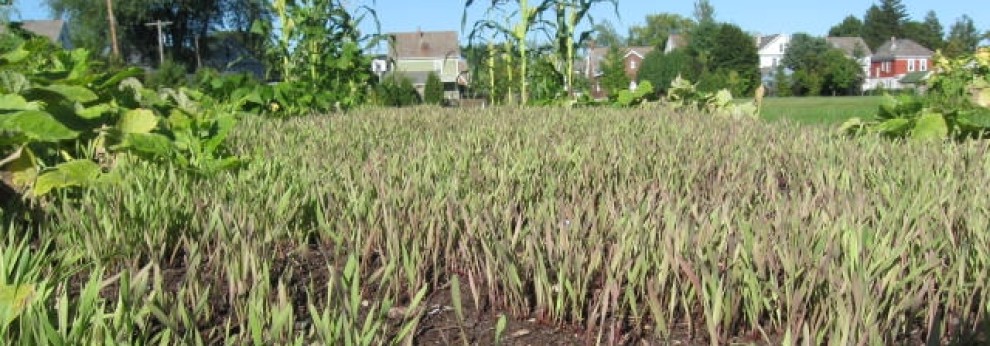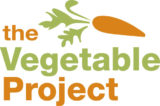 The school district where we work, like the rest of the school world, puts a lot of time and energy into measuring performance and progress and analyzing the data that all that measurement produces.
The school district where we work, like the rest of the school world, puts a lot of time and energy into measuring performance and progress and analyzing the data that all that measurement produces.
The measurement folks probably haven’t noticed our worm composting bin initiative in the high school environmental sciences classes and might not know how to measure it. But the “thank yous” that we get from students time and again seem like a good sign. Or a really good sign when you consider that the six classes we’re in are filled with students who, at the risk of over-generalizing, are severely disengaged. Maybe half show up on any given day. And those who do, pay little attention to the teaching. They stare at their phones. They put their heads down. They talk with one another. The teaching didn’t cause this. These students were by-and-large enrolled in these classes because the school didn’t know what else to do with them.
So, here’s what we are doing with six plastic bins and 500 red wrigglers or their offspring: We invite one or two students at a time to visit with us. We explain that we have in the bins a tiny indoor demonstration of something that happens in nature every day and everywhere called decomposing. And we stop and ask students if they know what decomposing is. We stop and ask if they know what each next term we use means. And we truly give them a chance to do the best they can before saying something like, “Well, not exactly. Can I tell you?”
And over 10 or 20 minutes we talk through a very small handful of terms – decompose, organic material, nutrient. We talk about how important decomposing of organic material is to the health and stability of our world (it returns nutrient to soil, which then is removed by plants, upon which we humans depend directly or indirectly for every bite we eat; we would have piles of dead material miles high without decomposing). And we talk about how students can help keep the demonstration going by bringing fruit and vegetable scraps to the classroom and tossing them into the bins.
We do not have the data analytics power to be sure, but here are some reasons students probably thank us: We meet them where they are without insulting them. We explain why something we’re teaching about is important (we do all eat food). We explore a subject in some depth. We offer the opportunity to do and touch and experience, without a harsh word to or about anyone who is not comfortable getting too close.
It would be difficult to teach more than one tiny segment of the course curriculum like this. Plenty of students have declined every opportunity to spend a few minutes with us. And the interaction certainly isn’t instantly changing the trajectory of any of these students.
We would submit, however, that a positive glimpse at what teaching and learning could be is worth a check mark in the win column.
–Bill Stoneman




One response to “Measuring performance of earthy lesson”